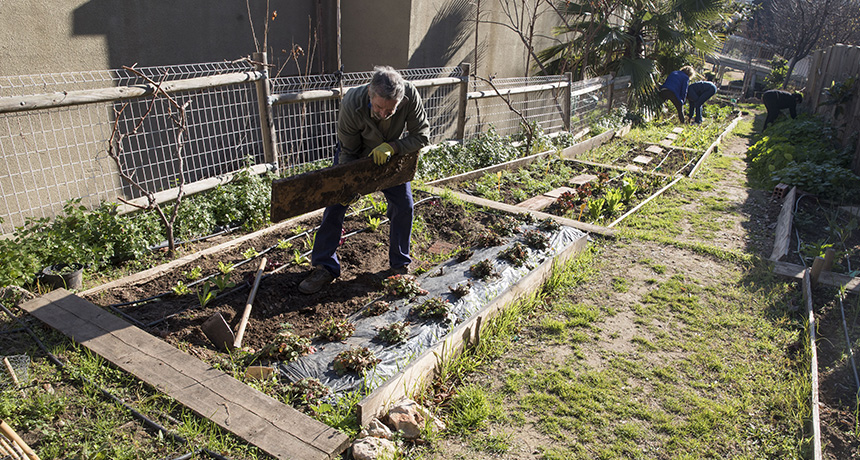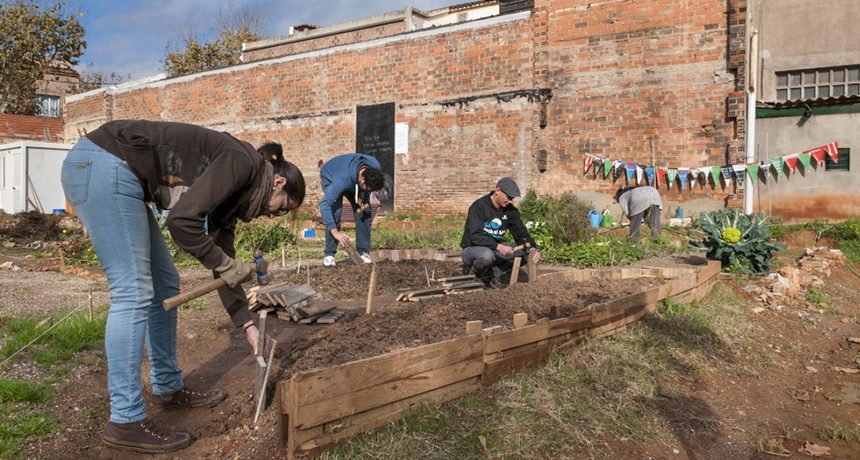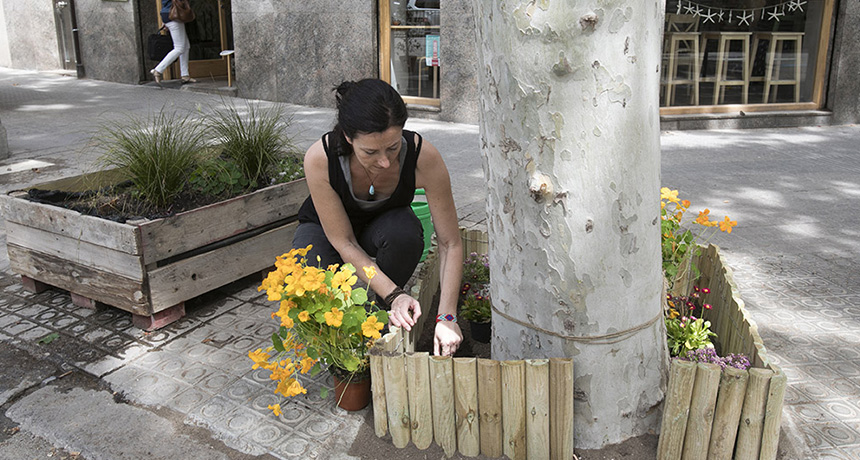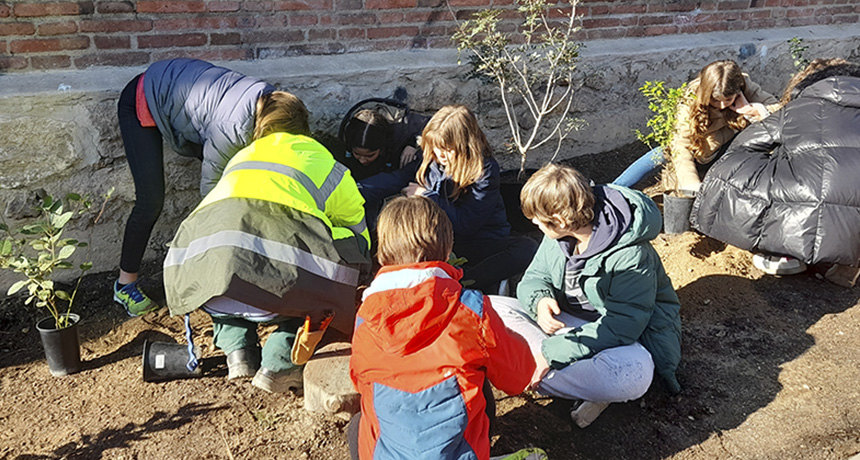
Get Green
What is it?
The Get Green programme promotes initiatives to encourage Barcelona’s residents, organisations and businesses to foster and preserve the city’s biodiversity and green spaces.
Greenery confers well-being, health and calmness; it improves environmental conditions, lowers pollution and helps to combat climate change.
This is why we should all Get Green!
Active projects
Municipal Allotment Network
The city of Barcelona has 15 municipal allotments scattered around its ten districts. Plots measuring between 20 and 40 m² are ceded to pensioners over the age of 65 and organisations, with the goal of including them in environmental improvement activities by cultivating vegetables following the principles of ecological agriculture.

Cession of municipal spaces
City-owned plots of land in Barcelona that are currently unused are ceded to non-profit organisations, associations and foundations to be managed as allotments, gardens or biodiversity reserves.

Look after your tree pit
This programme guides city residents in planting and maintaining tree pits to improve the city.
* The tree pits can be planted all year round and is only prohibited for institutionally determined criteria, such as the drought decree.

Co-management of public spaces
Organisations and associations in the city can help to maintain Barcelona’s green spaces such as parterres, planters or naturalised ponds.


